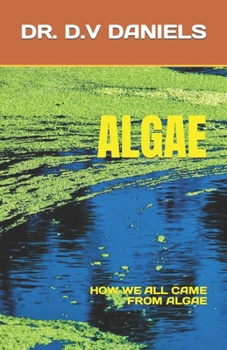Algae: How We All Came from Algae
Algae are photosynthetic organisms that own photosynthetic pigments including chlorophyll. But, they lack real roots, stems, and leaves characteristic of vascular vegetation. Some of them are unicellular whereas others are multicellular. They may also shape colonies. Maximum algae are aquatic. Others are terrestrial and can be determined on moist soil, timber, and rocks. Some algal species form symbiosis with other organisms. As an example, a lichen is a symbiotic association among fungi and inexperienced (and once in a while blue-inexperienced) algae. Algae belong to a polyphyletic institution. Because of this the organisms in this group are not necessarily intently associated and do now not have a common ancestor. But, they proportion a common feature; they are eukaryotes able to photosynthesis with chlorophyll as their primary pigment but they lack other morphoanatomical capabilities common among vascular plant life. The medical look at of algae is referred to as phycology. A few references consist of blue-inexperienced algae. However, they're prokaryotes, and as such, other government do now not take into account them as algae.
Format:Paperback
Language:English
ISBN:B0C9SBTGGK
ISBN13:9798851157813
Release Date:July 2023
Publisher:Independently Published
Length:94 Pages
Weight:0.26 lbs.
Dimensions:0.2" x 5.5" x 8.5"
Related Subjects
NatureCustomer Reviews
0 rating





